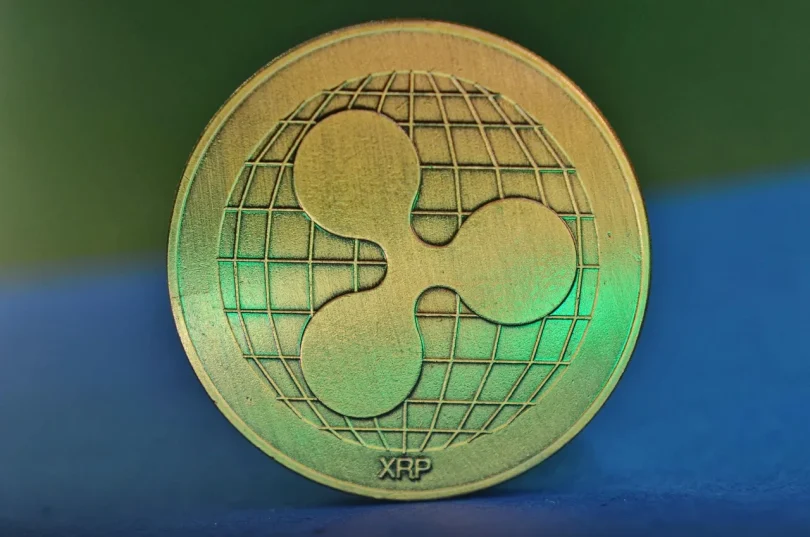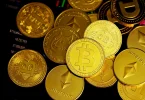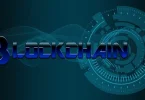The XRP digital asset gained significant popularity due to its beneficial features, including fast settlement, low-cost transactions, and high scalability. Additionally, XRP’s commitment to sustainability is comparable to that of prominent cryptocurrency projects, such as Ethereum and Solana.
What’s most interesting about XRP is its appeal to both financial institutions and individual consumers. Due to the XRP price, trading currencies globally is nearly instant, helping companies connect by seizing arbitrage opportunities.
In addition to cryptocurrency, the underlying blockchain has been built for businesses. The community-maintained ledger, developed by software engineers, server operators, and regular users, has enabled the XRPL to become a hub for development. Therefore, creators designed and deployed many interesting decentralized projects with the help of a substantial tool library. Let’s learn more about this.
Contents
XRPL and developer tooling
To create dApps and DeFi projects, developers must have access to the proper tools and guidelines tailored to their level of experience. With XRPL, users can make use of open-source libraries and SDKs (software development kits), some of which include:
- Cryptum: the decentralized blockchain supports a series of interlinked projects;
- Evernode: a permissionless DePIN for smart contracts compatible with almost any language;
- X-Tokenize: a platform that makes tokenization and NFT management on the ledger easier;
Developer tooling also includes explorers and sites for API access. Users can utilize the XRPL Learning Portal and the Brand Kit to enhance their skills and begin building with introductory code samples or quick-start templates.
XRPL and wallets
The XRP wallet for users includes the Ledger hardware tool, which is resistant to malicious attacks and threats, as well as the Ledger Live app for checking real-time balances and tracking transactions. However, developers can also build specific wallets where they can store passwords and interact with other blockchains to send and receive cryptocurrency.
For example, XRLP collaborates with Crossmark, a platform that offers unique cards supporting connections with different XRPL accounts. Crossmark is dev-friendly, meaning it ensures open-sourced API and SDK features. The browser extension enables multiple users to utilize the benefits of a single account for various purposes.
XRPL and gaming
The decentralized gaming industry has flourished under blockchain innovation, particularly since the issue of microtransactions in centralized games intensified. Gamers want to benefit from an open and free gaming environment, and the new era of gaming also brings P2E (play-to-earn) games.
For example, a few years ago, Ripple collaborated with blockchain platform Forte to support game developers and fund projects with approximately $100 million. The initiative targeted game developers whose games had more than 50,000 daily users, seeking to explore the world of blockchain development. Another collaboration includes XRPL and Zerpmon, a unique NFT trading card game where players can earn XRP by playing combat missions with their characters.
XRPL and payments
The XRPL system supports fast and affordable transactions all over the world. It also supports XRP, the cryptocurrency powered by Ripple, the company behind it all. The brand has made XRP the digital asset for real-world utility and allows businesses and financial institutions to benefit from:
- Evolving their technology;
- Regulatory clarity;
- High-performance transactions;
The enterprise blockchain solutions company utilizes the layer-1 blockchain (XRPL) and the native token XRP to establish a new era of business, where cross-border payments can settle in as little as three seconds, companies benefit from digital asset custody, and a safe and complex escrow process is facilitated.
XRPL and sustainability
Sustainability is a pressing issue in the cryptocurrency world, particularly for projects that utilize energy-intensive consensus mechanisms, such as Bitcoin. Although BTC is one of the largest and well-established cryptocurrencies, it consumes a significant amount of electricity and contributes to climate change. Therefore, an increasing number of altcoins are approaching sustainability to counteract the effects of mining or staking.
XRPL, for instance, invests considerably in carbon markets to reduce emissions and work towards carbon neutrality by 2030. One of its projects in this area includes collaborative work with the Carbonland Trust, which aims to help prevent deforestation and preserve biodiversity. The movement secures protocols, NFTs, and other carbon-capturing digital assets that are on the rise.
On the Ripple Labs stablecoin
Besides offering decentralized features and fast transaction times, Ripple Labs has also deployed a stablecoin asset called RLUSD that will be a game-changer for companies in the future. The coin has a 1:1 peg and leverages the collateral through US dollar deposits or cash equivalents. And while it’s not a replacement for the XRP asset, it will help enterprises adopt the Web3 world more easily as stablecoins benefit from better regulations, such as the GENIUS Act, and easier adoption.
According to Binance CEO Richard Teng, “The GENIUS Act represents what the crypto industry has long needed: clear, comprehensive stablecoin regulation. We’re witnessing the foundation being laid for mainstream digital currency adoption in the U.S. and beyond.”
RLUSD supports:
- A consistent value;
- Regulatory approval by the NYDFS (New York State Department of Financial Services);
- Institutional payment focus;
- Wide accessibility on several exchanges;
- Multi-blockchain support from XRPL and Ethereum;
- Fully-backed reserves;
The use cases of the RLUSD stablecoin are diverse and go beyond cross-border payments. It can also be used on on/off-ramps, allowing traders to enter or exit exchanges without risking their assets due to volatility. Of course, the stablecoin is helpful in day-to-day payments, as it’s convenient, but it also has more complex use cases. For instance, companies can leverage it for tokenizing real-world assets, such as commodities and securities, and trade them, as well as contribute to the development of DeFi by integrating into DeFi protocols. Stablecoins like RLUSD are crucial in promoting crypto adoption in the real world, as they provide users with confidence that decentralized digital assets are safe and more efficient than fiat money.
Final considerations
The XRP ledger has become a suitable development ecosystem for developers who want to build the future of the decentralized world. It encompasses a range of use cases across various industries, including development, gaming, and sustainability. Its commitment to making it easier for companies to use cryptocurrencies is also supported by the creation of the stablecoin RLUSD, which is fully backed and has expanded accessibility across several exchanges.







